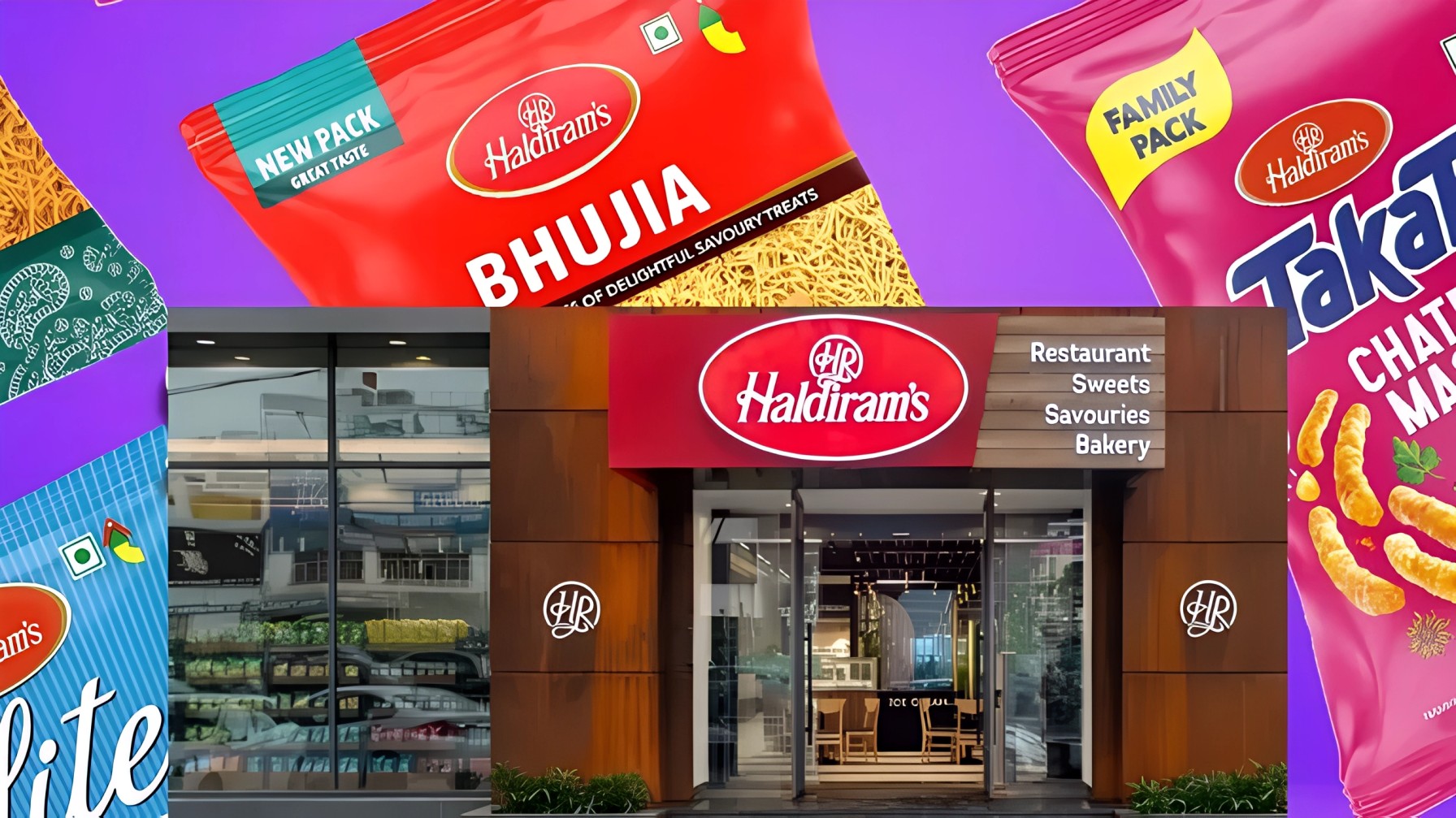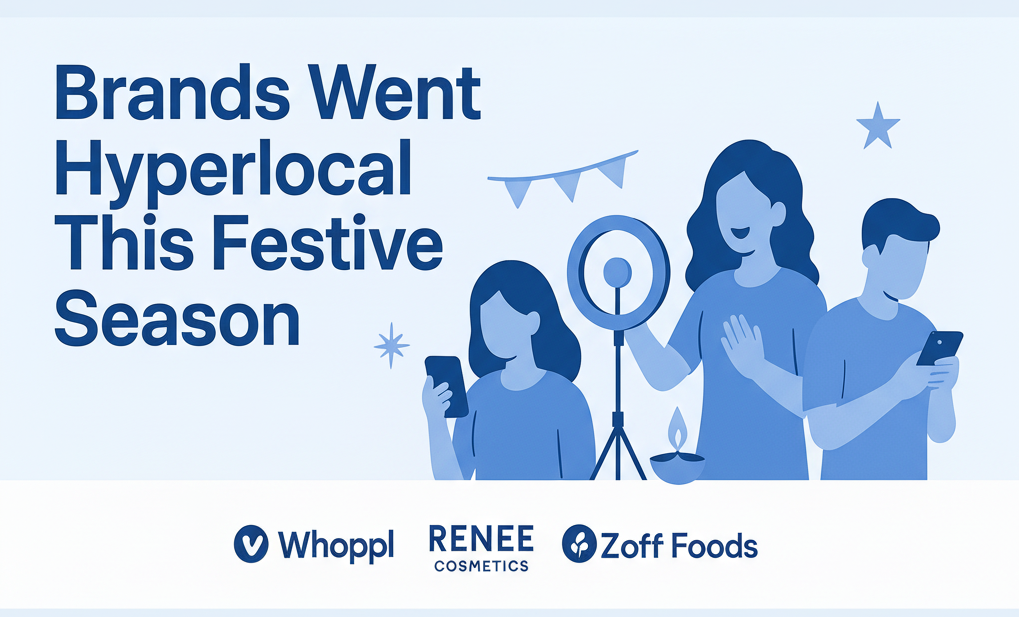Fynd Festive 2025 report paints a picture of Indian ecommerce that looks very different from the early days of flash sales and peak season frenzy. Instead of chasing short term volume through deep discounts, brands are beginning to compete on speed, proximity and operational precision.
The report draws on performance data from more than sixty brands selling through marketplaces such as Myntra, Flipkart, Amazon, AJIO, Nykaa and Tata CLiQ during the September to October festive window. While festive demand remains strong, the way that demand is being served is changing fast.
What does the Fynd Festive 2025 report say about tier three shoppers
One of the clearest shifts is geographic. Tier two and tier three cities together accounted for sixty five percent of orders in the period. Tier three cities alone contributed forty six percent, highlighting that growth is now coming from deeper regional penetration rather than only metro expansion.
Delhi, Maharashtra and Uttar Pradesh ranked among the top performing regions, with Gujarat showing steady gains. Southern markets, led by Karnataka, contributed strongly to both demand and fulfilment. These regions also recorded the highest adoption of digital payments, suggesting a clear link between payment comfort and ecommerce usage.
How is consumer behaviour shifting beyond discounts
Footwear has emerged as the surprise winner. Its contribution to festive sales jumped from seven percent to thirty three percent, indicating that consumers are increasingly comfortable buying fashion categories that once required more in person trials. Apparel and beauty remain important, but the mix is widening.
ADVERTISEMENT
Discounting, on the other hand, is being rationalised. The Fynd Festive 2025 report notes that average discounts fell from forty four percent in 2024 to thirty four percent in 2025. That ten point reduction suggests brands are trying to protect margins and avoid conditioning shoppers to expect only annual mega sale pricing.
Marketplaces continue to dominate. Myntra and Flipkart together accounted for eighty nine percent of order volumes in the sample, reinforcing their position as primary discovery engines in fashion and lifestyle. At the same time, brands are using their own channels and omnichannel tools to capture value more efficiently.
Why store based fulfilment matters more than ever
For the first time, store based fulfilment matched warehouse fulfilment at fifty one percent. This means that more than half of orders were shipped from retail stores acting as mini warehouses, not from central facilities.
According to Fynd, this shift prevented an estimated four percent of potential lost sales. When inventory is distributed across stores and connected through technology, orders can be routed dynamically to the closest location with stock available, reducing out of stock situations and speeding delivery.
From a consumer standpoint, this often translates into faster shipping and the ability to access products that may be sold out in one warehouse but available in another city store. For brands, it turns their retail footprint into a fulfilment advantage rather than a separate channel.
ADVERTISEMENT
What does the Fynd Festive 2025 report reveal about payments
Digital payments accounted for fifty three percent of transactions, while cash on delivery remained significant, especially in smaller towns. The split shows that while India has embraced UPI and card based online payments, trust in prepaid models is still building in many regions.
Fynd co founder Farooq Adam interprets the data as evidence that India ecommerce story is being written on its own terms. Growth is anchored in operational levers rather than discount theatrics stores working as micro warehouses, networks placing inventory closer to demand, disciplined pricing that emphasises everyday value and payment options that reflect regional comfort levels.
He argues that the brands likely to win will not be the ones that endlessly chase price wars, but those that design for regional realities, serve rising demand from smaller cities with faster fulfilment and progressively build trust in prepaid behaviour.
How does the report place India in the global ecommerce context
The Fynd Festive 2025 report also situates India within a global backdrop of cautious optimism and value led consumption. Around the world, shoppers are becoming more selective, seeking better quality and reliability rather than only low prices.
India stands out for its combination of affordability, rapid digital adoption and deep regional diversity. The data suggests that the country is moving toward a model of profitable and resilient scale, where marketplaces, brand sites and physical stores work together to serve demand.
ADVERTISEMENT
The Fynd Festive 2025 report shows that Indian ecommerce is entering a more mature phase. Tier three cities are no longer fringe players, store based fulfilment is as important as warehouses, and discounts are being calibrated instead of pushed to extremes. For retailers and brands, the message is clear. Sustainable growth will come from operational excellence and omnichannel design rather than seasonal gimmicks, with technology and regional insight acting as the real differentiators.
Follow Marketing Moves on Instagram and Facebook for industry insights, strategy breakdowns, and brand transformation stories.















